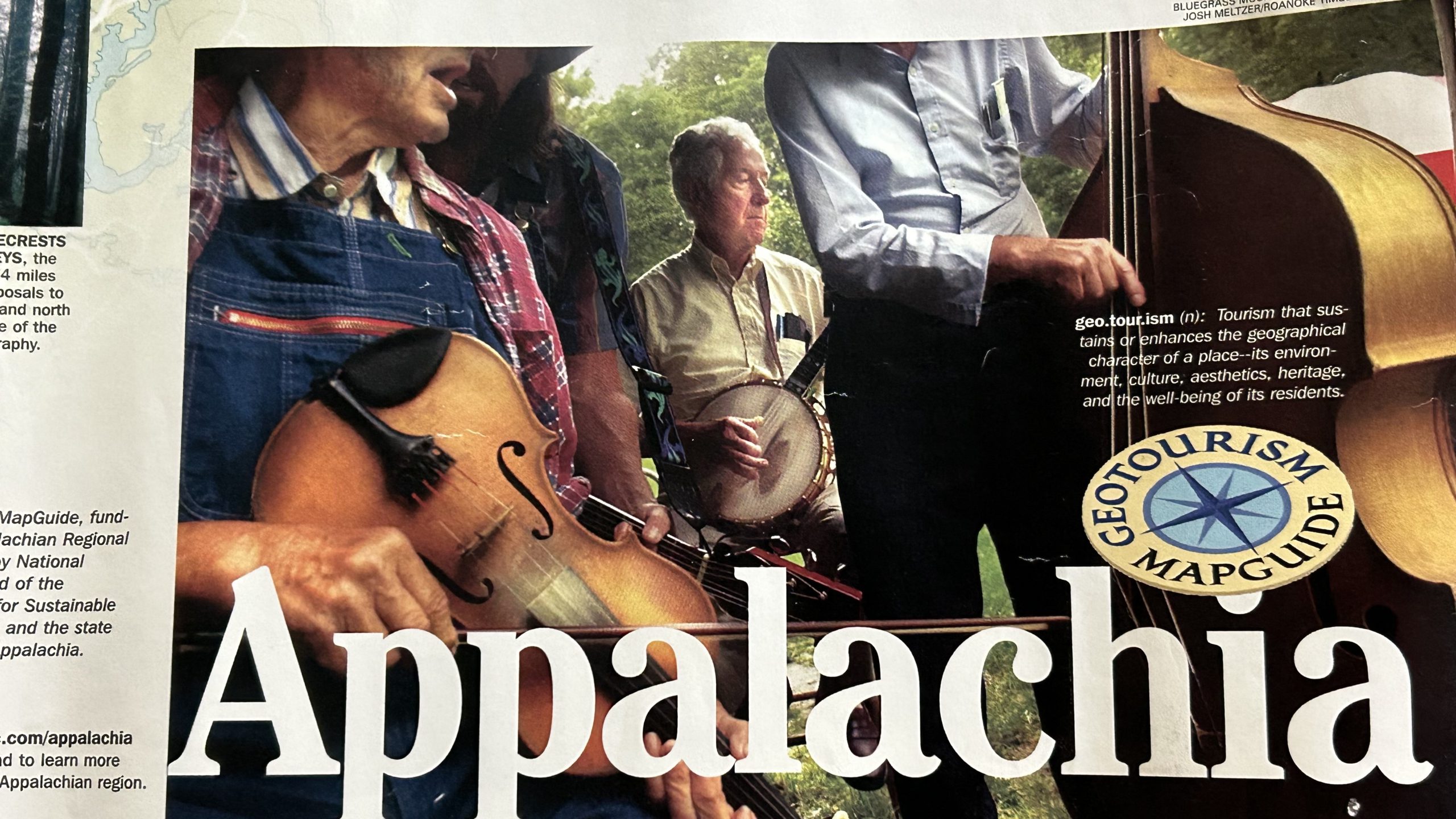Bringing Cheryl into a project is always a win for those involved, as she’s an excellent resource for communities and agencies, and a valued partner in successfully developing and delivering a project. She brings tremendous knowledge on multiple topics – bringing art into a community, growing cultural heritage tourism, nonprofit capacity and development, and funding options to name just a





